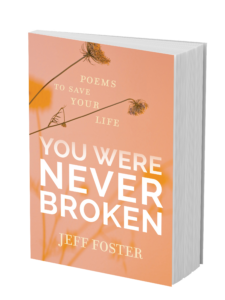Lauren Geertsen: Cutting the Strings of the Invisible ...
Lauren Geertsen is a body connection coach, intuitive mentor, and nutritional therapy practitioner. With Sounds True, Lauren has published a book titled The Invisible Corset: Break Free from Beauty Culture and Embrace Your Radiant Self. In this episode of Insights at the Edge, Tami and Lauren discuss how we can shift from trying to dominate and control our bodies, to entering into a state of true body partnership. They explore the many layers of history and culture that have led us into our current paradigm of ownership over women’s bodies, both the obvious ways in which the beauty industry emphasizes appearance, as well as more deeply embedded and insidious societal messages. Lauren also breaks down the five key “strings” that keep the invisible corset in place, helping women recognize their own internalized oppression. Finally, Tami and Lauren talk about the power of intuition, and how taking off their corsets allows women to access their natural intuitive capacities as bodily awake, intelligent beings.
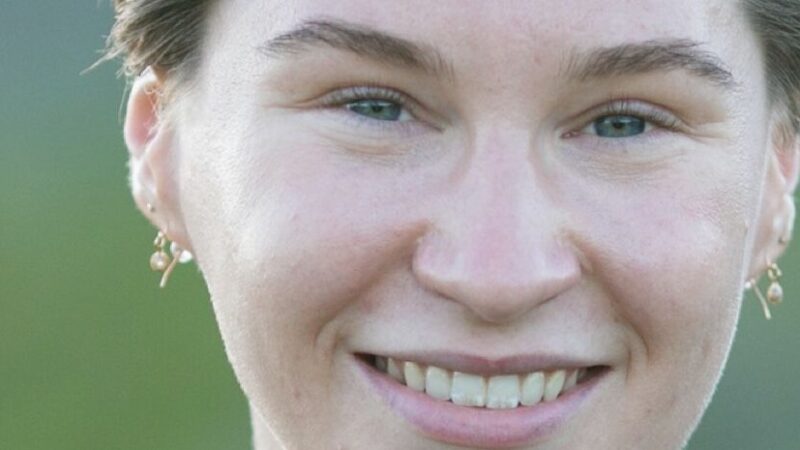

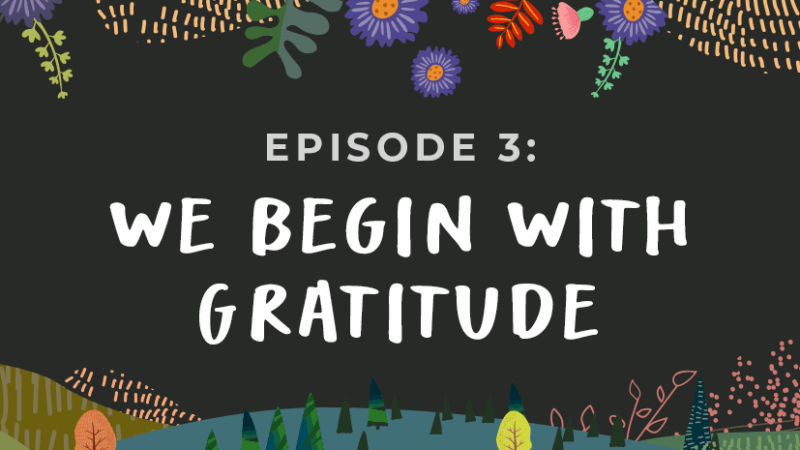
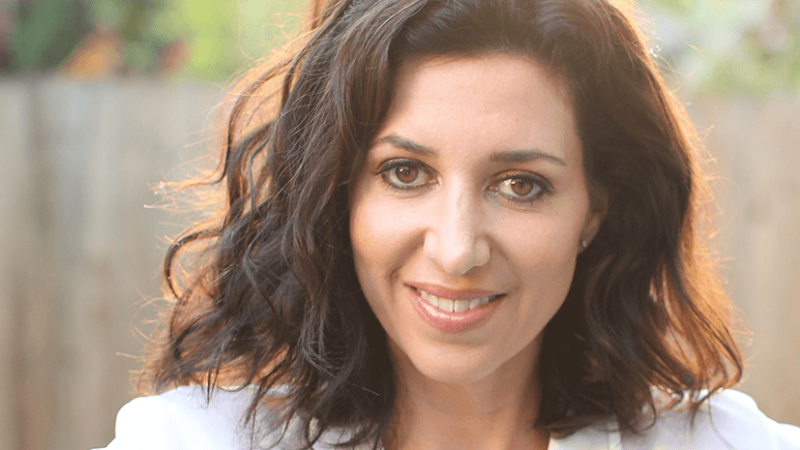
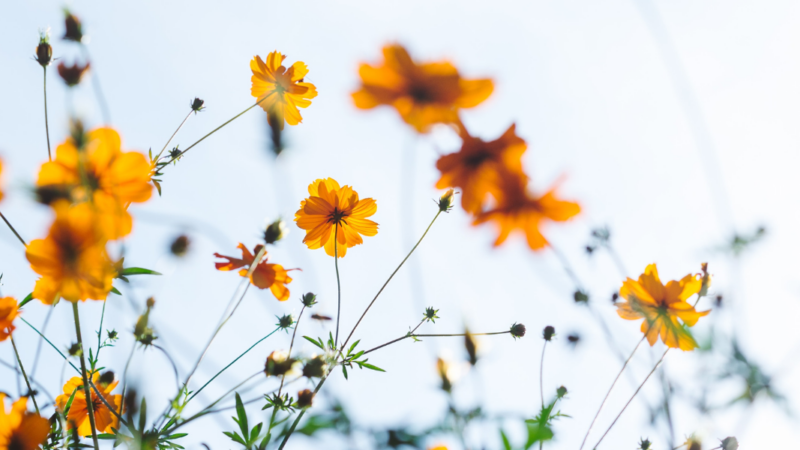
 Jeff Foster
Jeff Foster